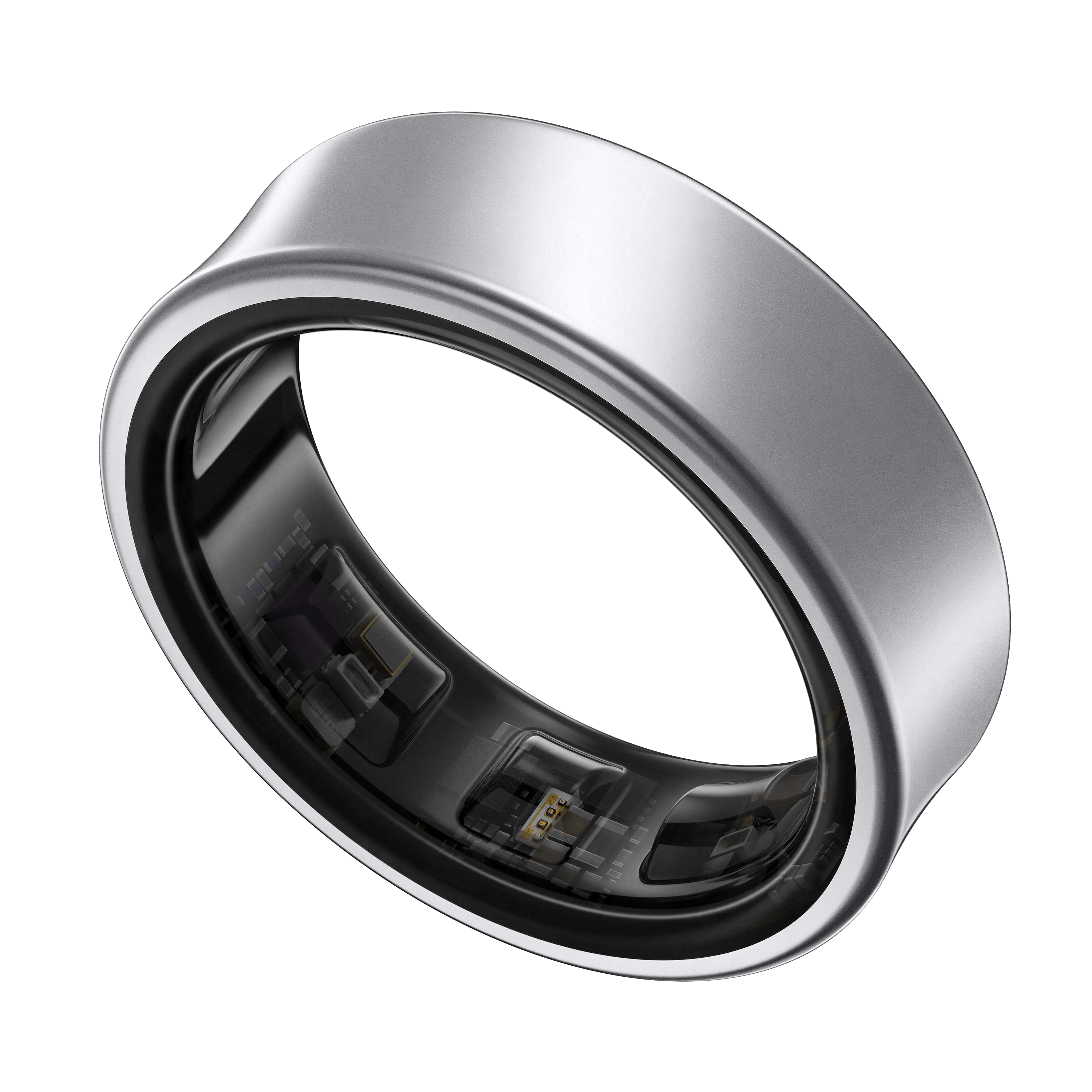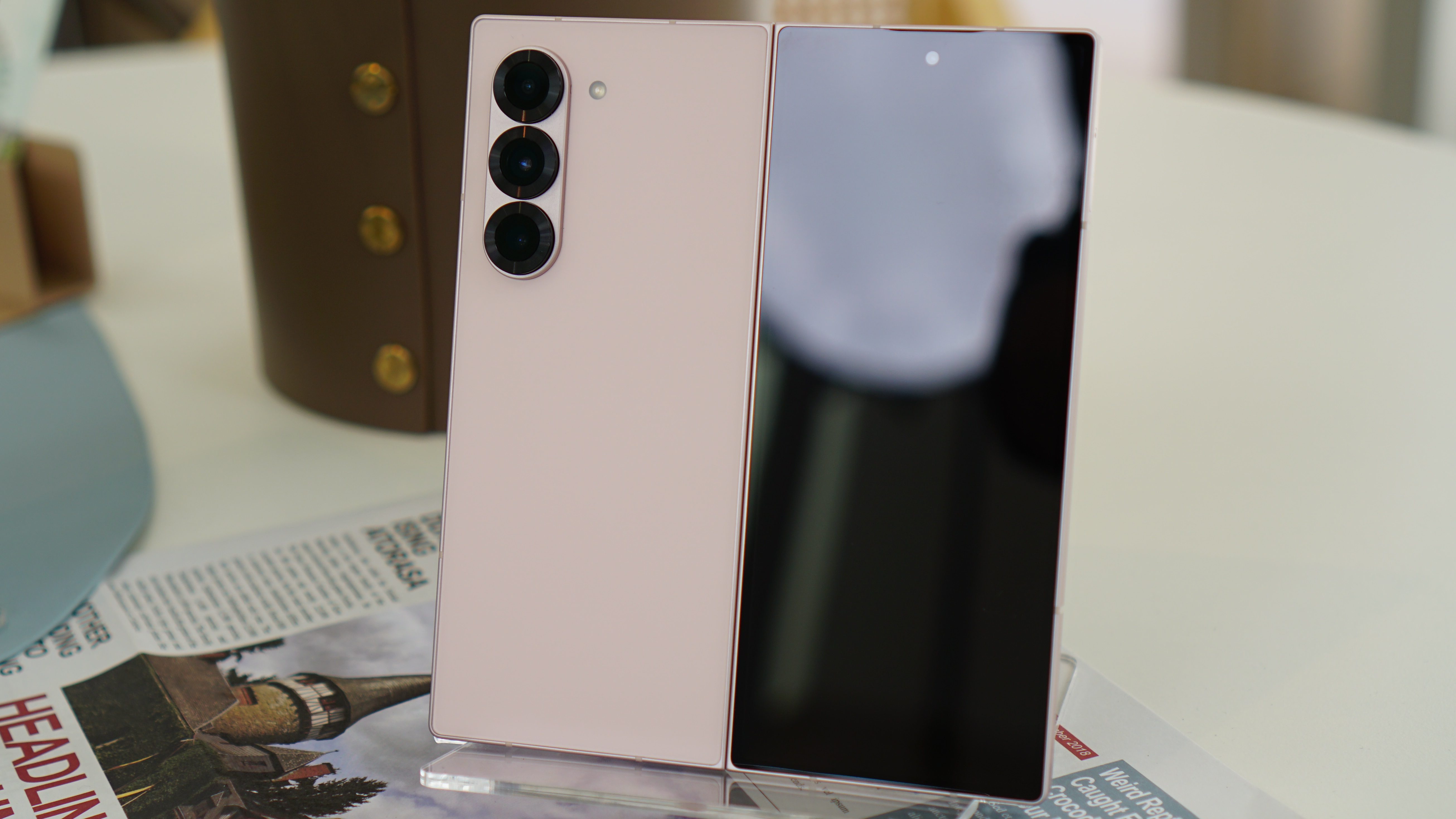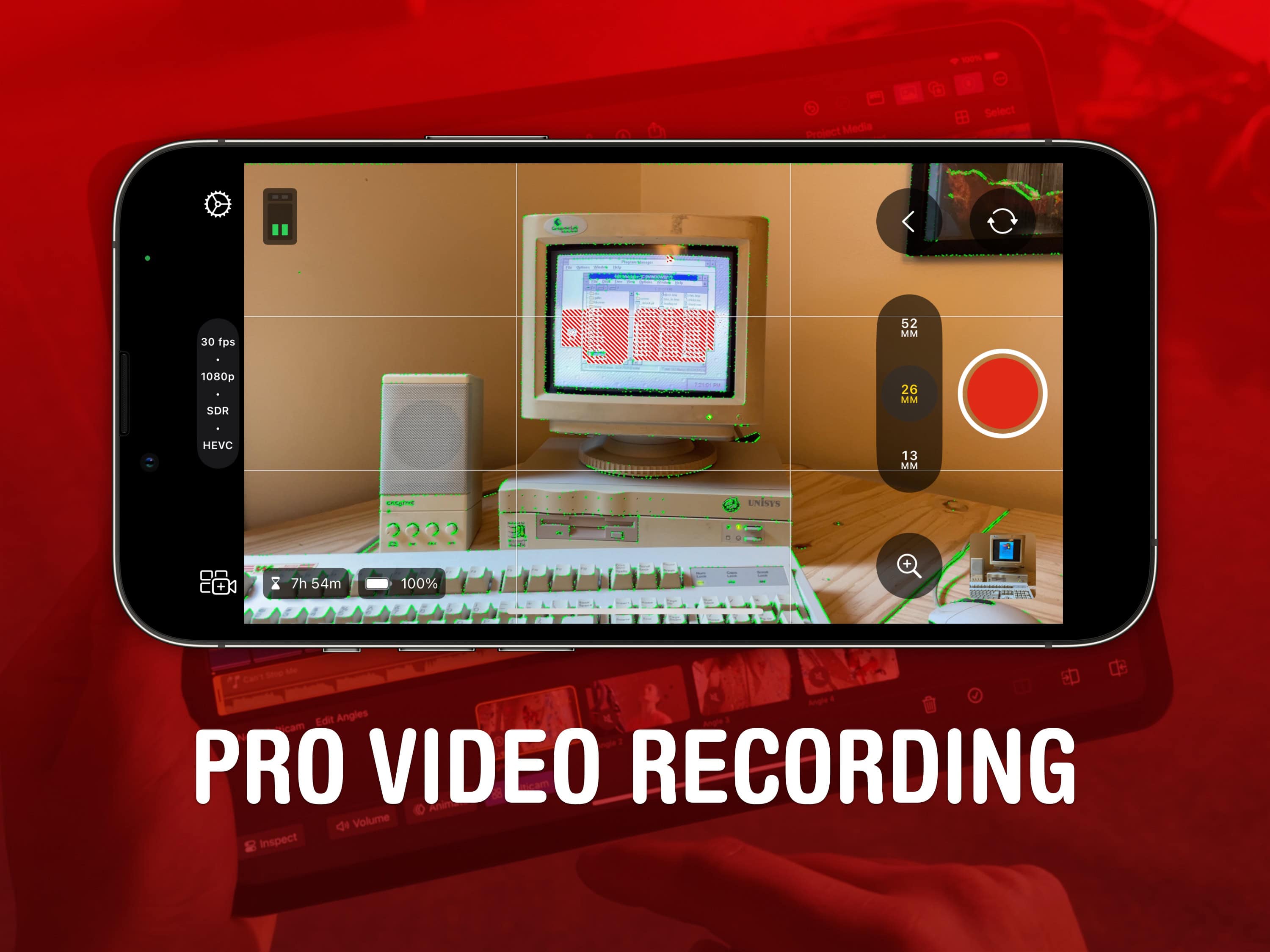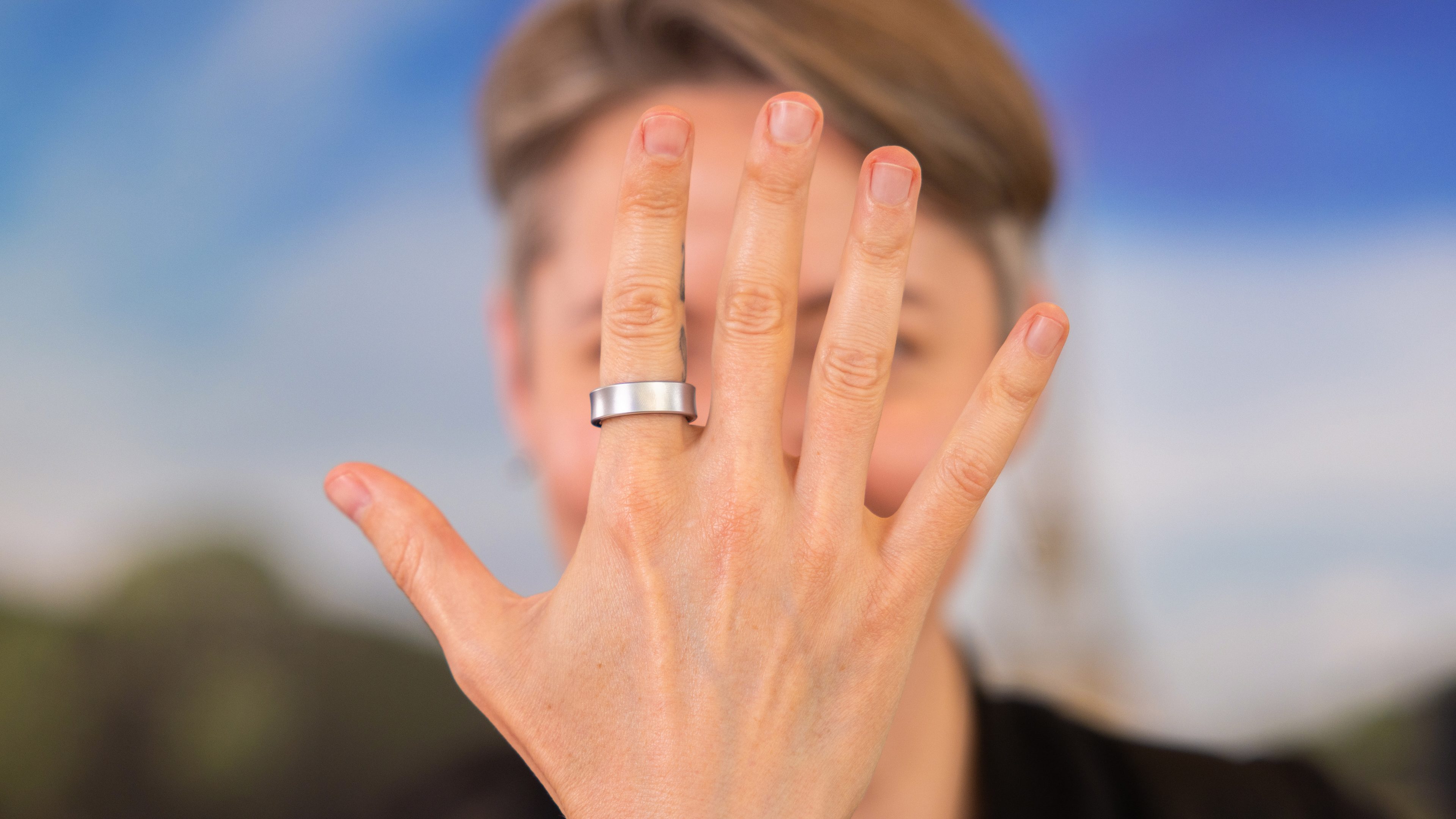
Samsung is expanding its portfolio with the introduction of a new device, a development that is particularly thrilling for the wearable industry. The Galaxy Ring, set to go on sale on July 26, promises to popularize a new form factor for health monitoring. At this stage, we are aware of the hardware capabilities, but the software specifics remain quite speculative. Here are my initial impressions of the Galaxy Ring.
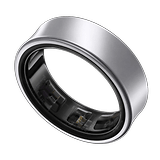
Samsung Galaxy Ring: All deals
In a nutshell
First, it is important to clarify the scope of my hands-on experience with the Galaxy Ring: it was exclusively focused on the hardware. At the time of my testing, software details had not been disclosed. Consequently, I anticipate that the device will integrate with the Wear app similarly to the Galaxy Watch 7 and Watch Ultra, with data being displayed in the Health app like other Samsung wearables.
Regarding the hardware, the Galaxy Ring features a sleek, compact design and is available in three colors: Silver, Black, and Gold. It boasts advanced capabilities such as comprehensive sleep monitoring, continuous heart rate tracking, skin temperature measurement, and various fitness functions, all supported by a battery life of up to 7 days. The device is priced at $399 in the US.
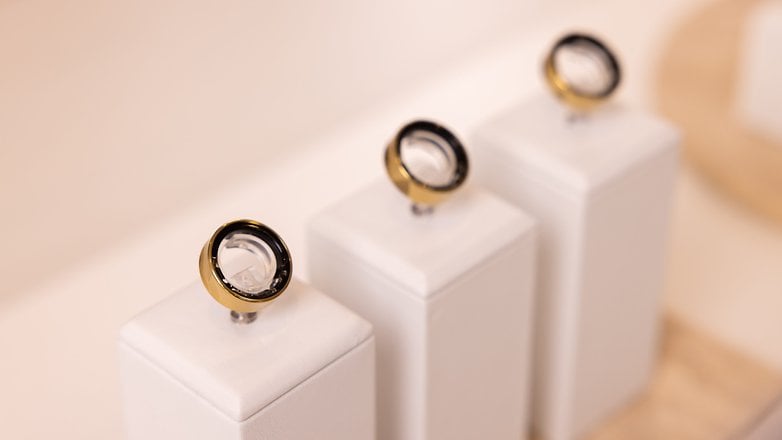
Samsung is offering a $50 instant credit for those buying the Galaxy Ring right now, during the pre-order phase. The device will be available in stores starting on July 24, the date confirmed by Samsung for its retail release.
Although Samsung has not provided reasons for this strategy, it is plausible that unresolved legal issues may need to be addressed before the product reaches the market. One thing is clear: Samsung has been notably secretive about the software and user experience aspects of the Galaxy Ring.
Compact & Comfortable
For optimal use, a smart ring must fit perfectly, and Samsung has addressed this well by offering the Galaxy Ring in nine sizes, ranging from 5 to 13. You can ensure the best fit by requesting a fitting kit beforehand—an option I highly recommend for an enhanced experience with the ring
.
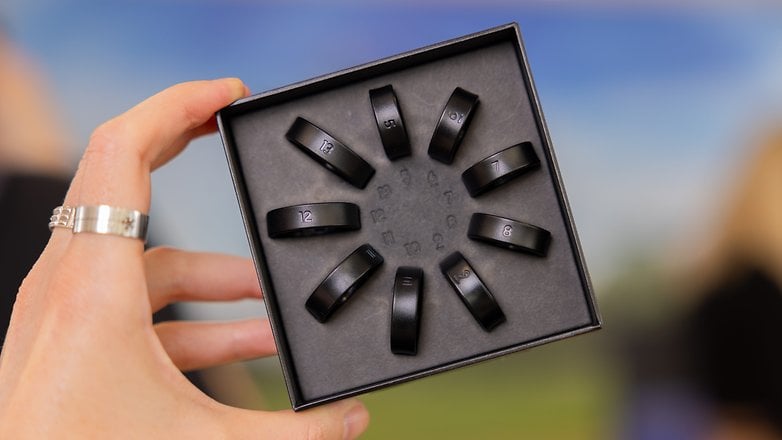
Pros:
- Available in nine sizes with a fitting kit option.
- Lightweight and compact.
- Designed for the index finger, making it unobtrusive when worn correctly.
- IP 68 certification and water-resistant up to 10 ATM.
Cons:
- Feels awkward on fingers other than the index finger.
- Thicker than typical jewelry, which might be uncomfortable for some.
- Concave shape might not appeal to everyone.
The Galaxy Ring is designed to be compact, lightweight, and comfortable on the index finger, its intended position. It may feel noticeably awkward on other fingers, particularly during handshakes.
The smart ring measures 2.6 mm in thickness, 7 mm in width, and weighs between 2.3 and 3 grams depending on the size. Its concave shape is both visible and tangible. Samsung has included a small notch at the bottom of the device to indicate proper placement, similar to the design of the Oura Ring.
The Galaxy Ring is available in three colors, with black being my personal favorite due to its timeless appeal.
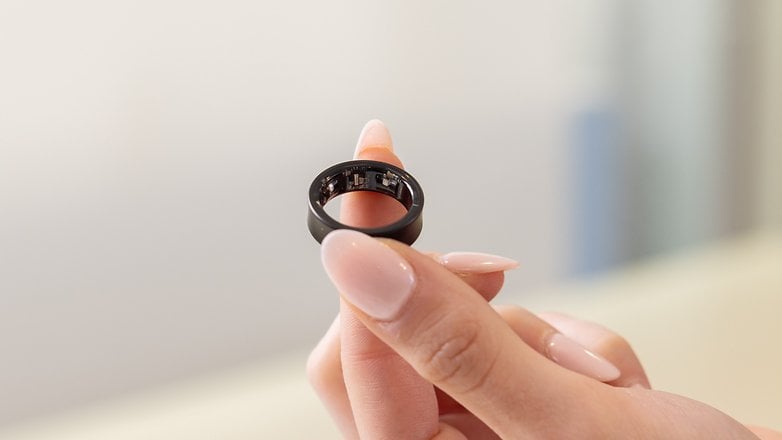
Internally, the ring features Samsung’s logo and three sensor bumps for tracking vital signals such as temperature, heart rate, and SpO2. These sensors should be positioned at the bottom of the index finger for accurate monitoring.
This is the second smart ring I have tested, following the recent review of the RingConn Ring. Like this one, the Galaxy Ring is so unobtrusive when fitted correctly that you might forget you are wearing it. However, compared to typical jewelry, it is noticeably thicker.
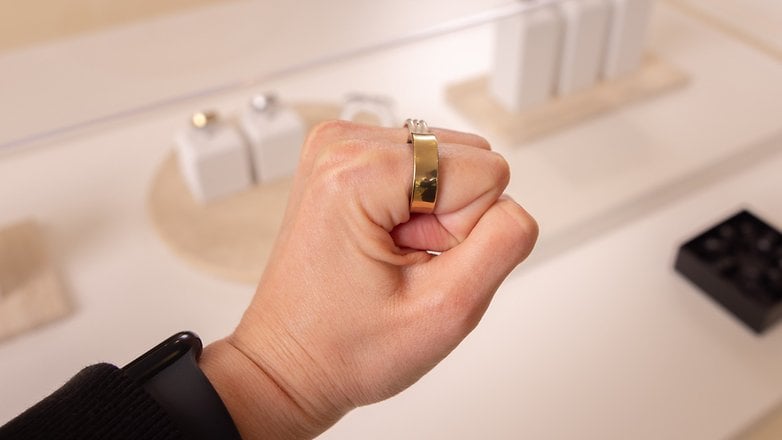
Finally, the Galaxy Ring is highly durable, featuring an IP68 certification for water and dust resistance. It can also handle water pressure up to 10 ATM, meaning it is suitable for activities like swimming and diving up to 100 meters deep.
User Experience and Features
As noted earlier, my experience with the Galaxy Ring did not include its connection to a smartphone, which is essential for a smart ring lacking a display. Nonetheless, some aspects of the user experience have been outlined
.
Pros:
- Connects to smartphones via Bluetooth.
- Find My Ring feature helps locate the ring within the Galaxy ecosystem.
- Double-pinch to stop alarms or take pictures.
- Samsung adheres to GDPR and other key data privacy regulations.
Cons:
- Requires a smartphone connection due to lack of display.
- Unclear if it will work with non-Galaxy devices.
- Uncertain how it will integrate multiple health devices in the Wear app.
- Functions may be limited compared to broader Android or iPhone compatibility.
- Unclear if it will function seamlessly with other Samsung health devices.
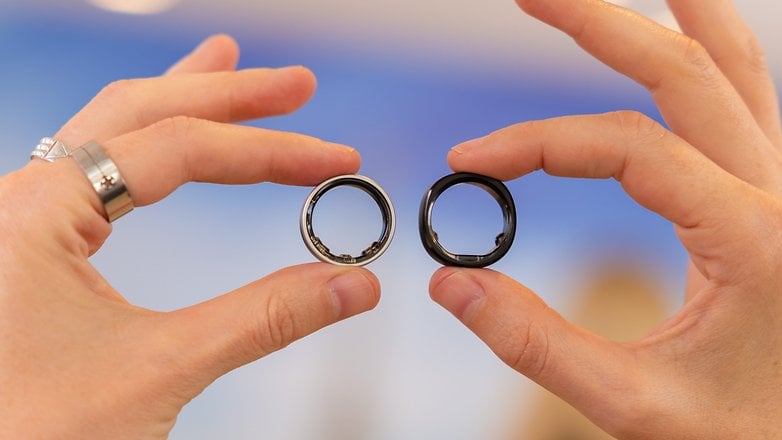
The Galaxy Ring will connect to smartphones via Bluetooth and can be managed through the Wear app, while all measurements will be accessible through the Health app. It remains uncertain whether the Galaxy Ring will be exclusive to Galaxy users or compatible with a broader range of Android devices and iPhones. Ideally, it will offer wider compatibility than the Galaxy Watch series.
Additionally, it is unclear how Samsung plans to integrate multiple health devices within the Wear app ecosystem. The smart ring and smartwatch should function together seamlessly. For instance, Amazfit has successfully integrated its devices without data overlap, a model I hope Samsung will emulate.
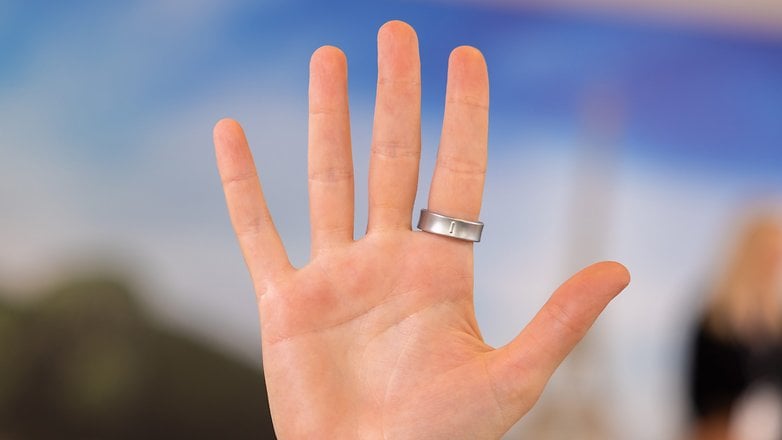
Notably, Samsung has introduced a feature called Find My Ring, which helps users locate the smart ring within the Galaxy ecosystem. Additionally, the Galaxy Ring includes two interactive features using the universal gestures function. By double-pinching the index finger and thumb, users can either stop an alarm or take a picture.
Regarding health data privacy, the Galaxy Ring adheres to the same standards as the Samsung Galaxy Watch and Health app, complying with key data privacy regulations such as GDPR.
Wellness & Fitness Features
When it comes to wellness and fitness features, Samsung has introduced a variety of options from its already extensive Samsung Health ecosystem. The Galaxy Ring will include well-known functionalities such as advanced sleep monitoring, cycle tracking, and auto workout detection, along with a new feature
.
Pros:
- Advanced sleep monitoring, cycle tracking, and auto workout detection.
- Energy Score provides a daily overview of mental and physical condition.
- Includes sensors for continuous heart rate monitoring and skin temperature tracking.
Cons:
- Unclear how fitness features will function compared to Galaxy Watch.
- Less comprehensive than Galaxy Watch 7, serving as a wellness simplifier.
- Details on AI Coach integration and capabilities are not fully disclosed.
- Best functionality likely within Samsung’s ecosystem.
This new feature, called Energy Score, will be integrated into the entire Samsung Health ecosystem. You will see it on new Galaxy Watch devices, and it is expected to be rolled out to older devices through updates. Essentially, the Energy Score provides a daily overview of your body’s mental and physical condition.
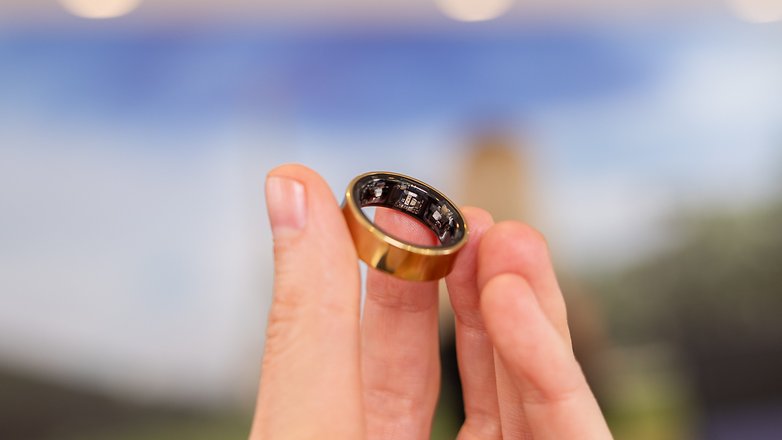
The Energy Score is calculated based on metrics such as sleep duration and quality, previous day activities, average heart rate, and heart rate variability, among others. Personally, I find great value in my Whoop Daily Overview, which is similar to what Samsung is now offering. This feature is excellent for understanding recovery time and planning training and sleep.
Additionally, Samsung includes sensors for 24/7 heart rate monitoring, skin temperature tracking, and auto workout detection. While it is still unclear how the fitness features of the smart ring will function, it is likely to be similar to those of the Galaxy Watch 7, but simpler. Samsung has indicated that the Galaxy Ring serves as a wellness simplifier, whereas the Galaxy Watch, especially the Ultra variant, is a wellness maximizer.
Samsung is also unveiling an Artificial Intelligence Coach within the Health app, though specific details were not disclosed at the media event. Based on my experience, it is plausible to anticipate integration with Galaxy AI, leveraging partnerships with Google Gemini and Microsoft Copilot—though this remains speculative at this stage.
Battery live and charging
Although battery life requires long-term testing before making a definitive judgment, I am optimistic about the Galaxy Ring’s potential. Samsung claims that the device can achieve up to 7 days of battery life, and based on my experience with the RingConn Smart Ring, this seems attainable
.
Pros:
- Up to 7 days of battery life.
- Travel Case Charger allows charging anywhere, similar to earbuds.
- Travel case features an LED ring to display the remaining energy level.
- Transparent and well-designed travel case.
Cons:
- Similarity to other products might be seen as lack of originality.
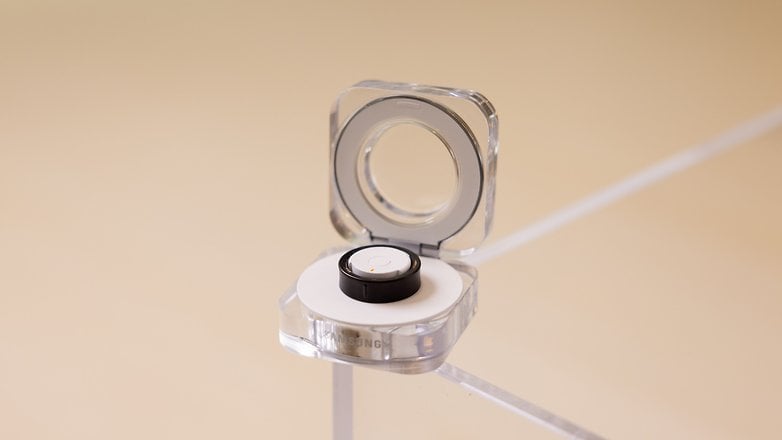
What I particularly appreciate is Samsung’s decision to include a travel case charger. This allows you to charge the ring anywhere, anytime, just like your earbuds, without worrying about incorrect placement on the charger.
While I’m uncertain how many times you can charge the smart ring with the travel case, I believe it should provide enough power to avoid needing to recharge the case for at least a month. When it does require recharging, you can do so easily with a USB-C cable.
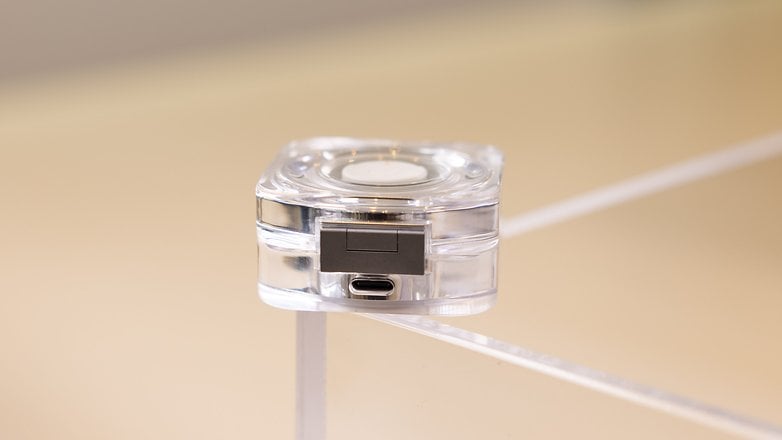
The charging case also features a button that activates an LED ring to display the remaining energy level. The travel case charger is transparent and well-designed, reminiscent of the Nothing Earbuds charging case. However, its aesthetic appeal makes the similarity negligible.
Samsung Galaxy Ring technical specifications
| Galaxy Ring | |
|---|---|
| Product | Galaxy Ring |
| Image | 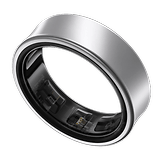 |
| Dimensions and Weight | 7.0 × 2.6 mm, 2,3 g (Size 5) until 3,0 g (Size 13) Charging case: 48.9 × 48.9 × 24.5 mm, 61,3 g |
| Colors | Titanium Black, Titanium Silver, Titanium Gold |
| Sizes | Nine (Sizes: US 5, US 6, US 7, US 8, US 9, US 10, US 11, US 12, US 13) |
| Sensors | Acceleration sensor Optical heart rate sensor Infrared temperature sensor |
| Connectivity | Bluetooth 5.4 |
| Certification | 10 ATM4, IP68 / Titan-Finish |
| Battery | 18 mAh (US 5, US 6, US 7) 19,5 mAh (US 8, US 9, US 10, US 11) 23,5 mAh (US 12, US 13) Charging case: 361 mAh |
Early Verdict
The Galaxy Ring has been anticipated for quite some time, and naturally, expectations are high, including mine. In terms of design and build quality, it is a beautiful technological piece.
Moreover, Samsung has the distribution power to popularize smart rings as a new whole category, a capability that brands like Oura Ring, Ultrahuman, and RingConn lack. For health and wellness enthusiasts, this is already a significant achievement. However, as I complete this first impressions article, many questions remain unanswered.
Unfortunately, I can’t yet provide a detailed user experience. During the launch event I attended, the Galaxy Ring software wasn’t ready. Since this hands-on review is being published simultaneously with the Galaxy Unpacked event, I will likely need to update this article with new information.
This new addition to the Samsung Health ecosystem has a lot of potential. Samsung has already demonstrated an understanding of the relevant metrics people need to monitor their bodies. However, Samsung often outsources some of its Research and Development (R&D), such as partnering with Natural Cycles to offer menstrual cycle tracking. This can sometimes be tricky as it includes ads within the Health app.
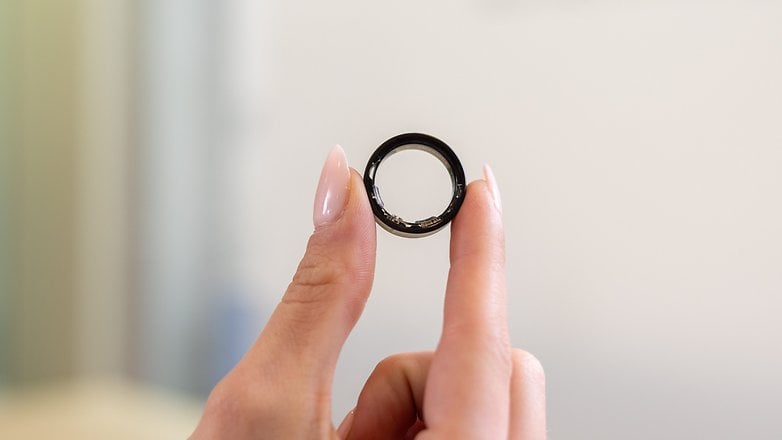
On a positive note, Samsung has stated that the Galaxy Ring will not be tied to a subscription service, positioning it differently from the Oura Ring. Conversely, Samsung might limit the device’s compatibility to Galaxy users, which represents a distinct marketing strategy.
In the realm of health monitoring devices, competition is fierce. For $399, there are established options like the Whoop, which is as ubiquitous as a smart ring. Even the new Galaxy Watch 7 series offers a more comprehensive experience for those seeking a “maximal” approach. However, the Galaxy Ring introduces a new form factor, bringing new possibilities at a high value.
I would like to hear from you: even though the Galaxy Ring still needs to prove itself, are you interested in the ring form factor for wellness and fitness monitoring? Would you consider buying the Samsung smart ring? Please share your opinions and questions in the comments below.
Updated on July 10 at 9:55 EST: The pre-order information has been updated.

